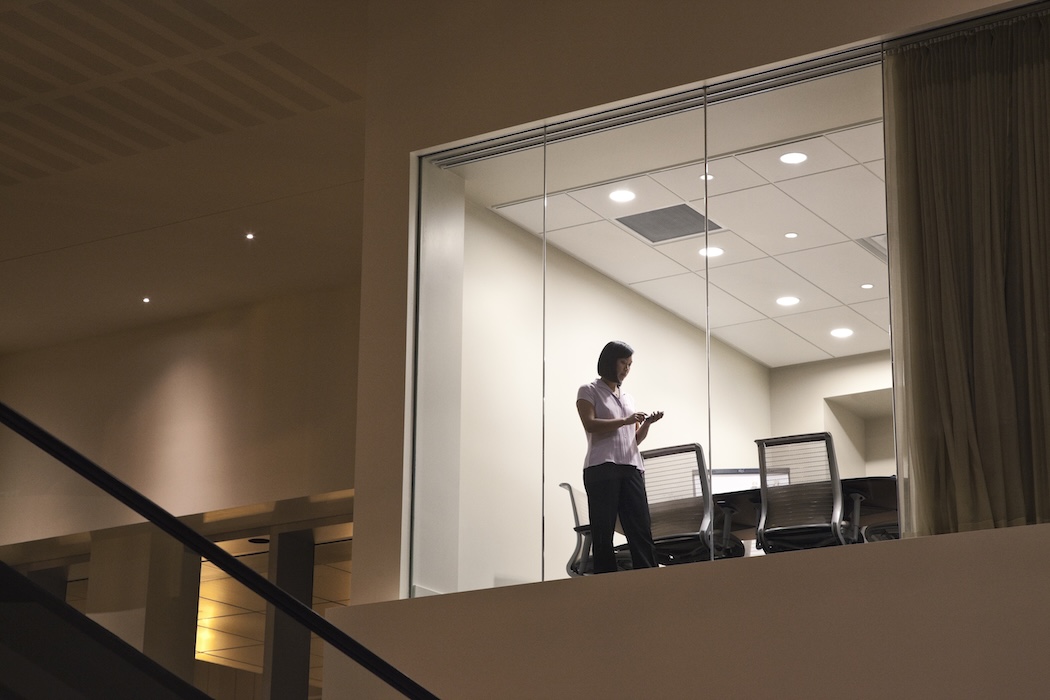Recognition is a powerful tool. Done right, it boosts morale, increases engagement, strengthens retention, and reinforces positive behavior. But there’s one element of recognition that often goes overlooked: timing and setting.
Should you celebrate a teammate’s win in front of the whole company—or pull them aside for a private thank-you?
The answer is: it depends.
In this article, we’ll explore the psychology behind public and private recognition, when to choose each, and how to strike the right balance in your workplace.
The Power of Recognition — in Any Form
Let’s start with the why.
Employees who feel appreciated are more likely to:
- Stay at their jobs (63% more likely according to Workhuman)
- Be engaged at work (Gallup reports a 4x boost in engagement with regular recognition)
- Perform better (OC Tanner found that recognized employees are 44% more productive)
But how recognition is delivered can amplify—or diminish—its impact.
Public Praise: Shining the Spotlight
What is it?
Public praise involves acknowledging someone’s effort, achievement, or behavior in a group setting—team meetings, Slack channels, email threads, company-wide updates, or even LinkedIn posts.
When to praise in public:
✅ 1. When you want to reinforce company values
If an employee embodies one of your core values, a public shout-out sets a great example for others.
“Let’s give it up for Ali, who showed incredible customer-first thinking during yesterday’s call!”
✅ 2. When a team effort deserves visibility
Celebrating collective success motivates everyone and avoids singling out one person unfairly.
“Huge props to the marketing and dev teams for collaborating so smoothly on last week’s product launch.”
✅ 3. When the impact is visible
If an employee’s actions had broad, cross-functional impact—say, improving a workflow or landing a big client—highlighting them in public gives them the recognition they deserve.
✅ 4. When you’re building a culture of appreciation
Public praise encourages others to participate. It normalizes recognition and spreads positivity across your organization.
✅ 5. When the employee enjoys the spotlight
For some people, public praise boosts confidence and morale. If you know someone thrives on this kind of attention—go for it.
Benefits of public praise:
- Inspires others
- Reinforces cultural values
- Boosts visibility of behind-the-scenes work
- Enhances company morale
- Feels official and rewarding
But be careful…
- Not everyone enjoys public attention. Introverts or humble personalities might find it uncomfortable.
- It can come off as performative if it’s not authentic or if the praise feels vague.
- Public praise can create resentment if some team members feel left out or overlooked repeatedly.
Private Praise: The Quiet Power Move
What is it?
Private praise is shared in a 1:1 setting—in person, via email, a direct message, or in a private conversation.
It’s intentional, intimate, and can often feel more personal than public recognition.
When to praise in private:
✅ 1. When the employee prefers discretion
Some people don’t want the spotlight. If you know they value humility, keep it personal.
“Hey, I just wanted to say I noticed the extra hours you’ve been putting in lately. It really made a difference.”
✅ 2. When the achievement is sensitive or emotional
Maybe they overcame a personal challenge, handled a difficult situation, or did emotional labor. A private thank-you respects the complexity of their effort.
✅ 3. When you’re giving detailed feedback
If you want to go deeper into how they excelled or suggest improvements alongside praise, a private setting allows for more nuance.
✅ 4. When the recognition is overdue
Let’s face it—sometimes we forget to say thank you in the moment. If it’s been a while, quietly acknowledging past efforts can still be meaningful, without drawing attention to the delay.
✅ 5. When it’s early in their journey
New hires may feel overwhelmed or unsure of their place. A private word of encouragement can build trust and boost confidence early on.
Benefits of private praise:
- Feels more personal and sincere
- Builds psychological safety and trust
- Allows for depth and context
- Respects individual personality types
- Can be paired with constructive feedback
But keep in mind…
- It lacks the ripple effect—others can’t learn from or be inspired by the behavior.
- It doesn’t boost visibility—employees may feel their contributions go unnoticed by the larger group.
- It can create missed opportunities—public praise can sometimes lead to promotions, raises, or leadership consideration.
The Best Leaders Use Both
The most effective managers and teams use a mix of public and private recognition. Think of it like a playlist: sometimes you need an anthem, sometimes a quiet ballad.
Use public praise to:
- Build team culture
- Spread motivation
- Recognize high-visibility work
Use private praise to:
- Nurture individual growth
- Build personal connection
- Support those who shy away from the spotlight
What About Peer-to-Peer Recognition?
Recognition shouldn’t be limited to managers. When peers praise each other—especially in public—it creates a web of gratitude across the team.
Tools like Karma make peer-to-peer recognition effortless. With simple Slack integrations, you can:
- Create a dedicated #kudos channel
- Tag teammates and tie praise to company values
- Track recognition trends and leaders
- Encourage daily appreciation habits
💡 Pro tip: Allow peers to choose how they want their praise delivered—public, private, or both. That extra consideration builds psychological safety.
Practical Tips for Delivering Praise (Any Setting)
Whether you’re recognizing someone in public or in private, make it count:
1. Be specific
❌ “Great job!” ✅ “Thanks for staying late to help QA the release. You caught bugs that could’ve caused real user issues.”
2. Tie it to impact
What changed because of their action? Did it help a teammate, save time, delight a client?
3. Make it timely
The closer the praise is to the action, the more effective it is.
4. Be consistent
Don’t reserve praise for big wins only. Celebrate the everyday moments of excellence too.
Final Thoughts: Recognition is a Choice—Make It Wisely
Choosing when and how to recognize someone isn’t just about etiquette. It’s a strategic decision that shapes your team’s culture, psychological safety, and emotional connection.
So, next time you’re about to shout someone out or send a quiet “thank you,” pause and ask:
- How would this person like to be recognized?
- What setting will make them feel most seen and appreciated?
- What message will this send to the rest of the team?
Because recognition is more than a pat on the back. It’s a tool that—when used thoughtfully—can transform your workplace.


 Recognition on a Budget: High-Impact Ideas That Cost Nothing
Recognition on a Budget: High-Impact Ideas That Cost Nothing